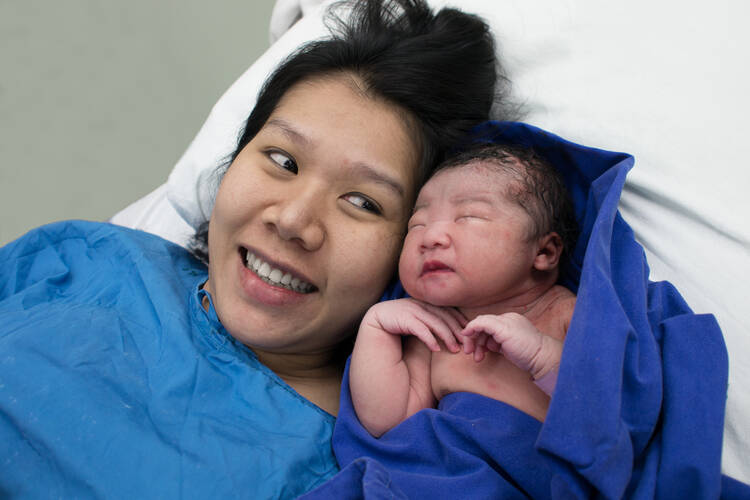One welcome Mother’s Day gift would be a respite from scare stories about how women in the United States are not having enough children. The U.S. fertility rate hit another record low in 2016, to 62 births per 1,000 women of childbearing age, leading to fears that our workforce will shrink and that eventually there may not be enough taxpayers to keep Social Security afloat.

The picture may not be quite that bleak. The projected number of births over the average woman’s lifetime, another way to measure fertility, was 1.77 last year. That is an improvement over a record low 1.74 in 1976 (when high inflation may have scared parents away from larger families), though still below the replacement rate of 2.1 children needed to maintain our population size. But according to data from the General Social Survey, women in the United States want to have an average of 2.7 children per lifetime. And the Pew Research Center recently reported that 86 percent of U.S. women between 40 and 44 had given birth as of 2016, up from 80 percent a decade earlier.
America Special Topics: Women in the Church
It is possible that the escalating cost of raising a child, especially with the expense of day care and health care, are discouraging potential parents. There are also repercussions to careers. Most U.S. mothers are in the workforce, and a recent Census Bureau study found that women who have their first child between the ages of 25 and 35 have the toughest time keeping up with the incomes of their spouses.
The birth rate in the United States would be considerably lower if not for immigrants. From 1990 through 2015, total births were down 10 percent among women born in the United States but up 6 percent among foreign-born women. Another difference between the two populations: In 2015, 38 percent of U.S.-born women who gave birth were unmarried. Among foreign-born new mothers, only 25 percent were unmarried.
Sources: “Facts for Features: Mother’s Day 2017,” U.S. Census Bureau; “The 10-Year Baby Window That Is the Key to the Women’s Pay Gap,” New York Times, April 9, 2018; Pew Research Center report on U.S. fertility, Jan. 18, 2018; “Expenditures on Children by Families, 2015,” U.S. Department of Agriculture; “American Women Are Having Fewer Children Than They’d Like,” New York Times, Feb. 13, 2018; Fact Tank on immigrant births, Pew Research Center, Aug. 29, 2017.












Universal healthcare coverage and some support for those needing child care for their children might be helpful in increasing the birthrate.